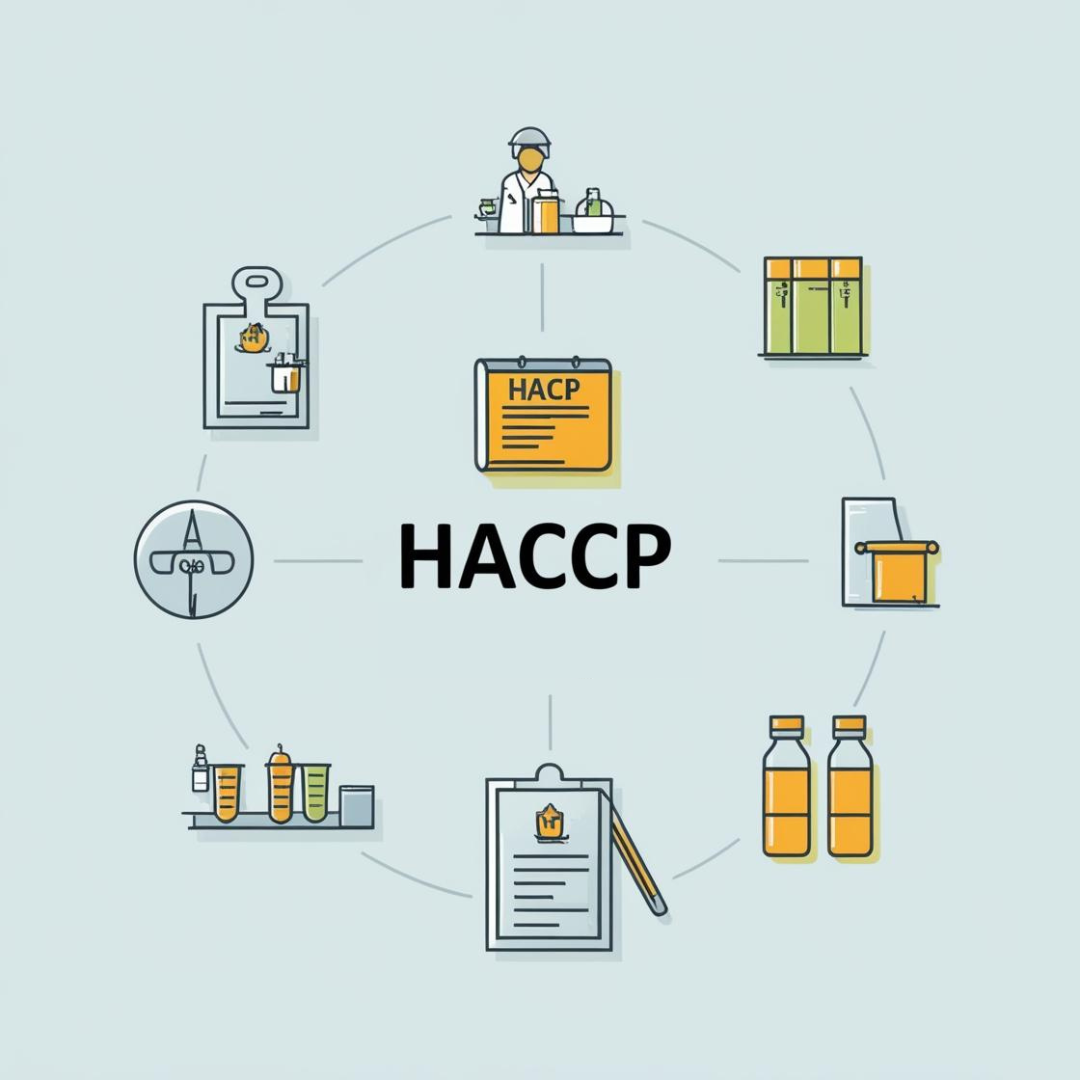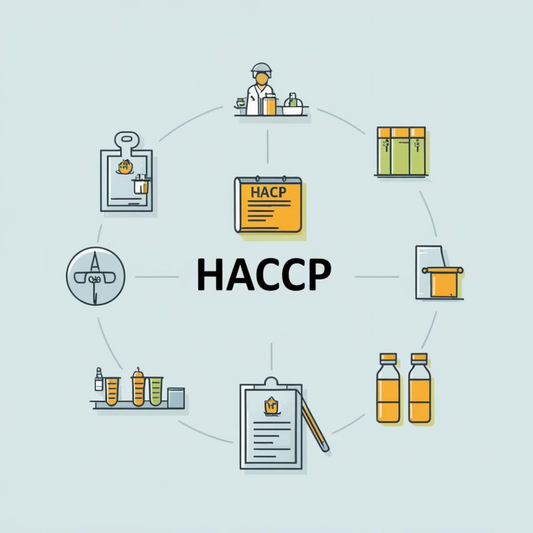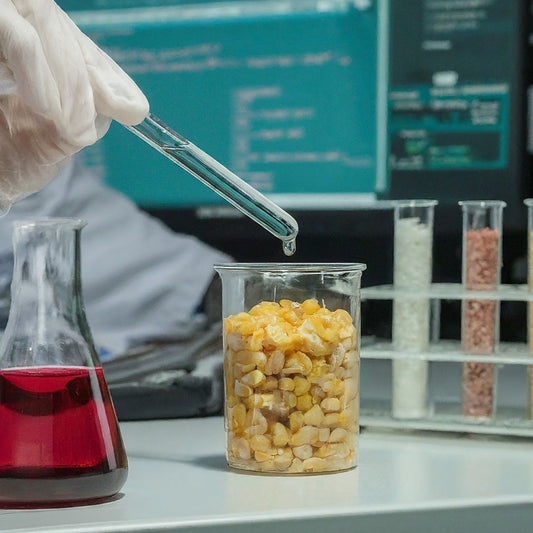Alternative Proteins
Share
Alternative proteins are non-traditional sources of protein developed to address global challenges like food security, sustainability, and health concerns. They are gaining traction as substitutes for animal-derived proteins due to their environmental benefits and potential health advantages.
Types of Alternative Proteins
1. Plant-Based Proteins
- Derived from legumes, grains, nuts, and seeds.
- Rich in essential amino acids and fiber.
- Real-Time Examples: Soy protein, pea protein.
- Products:
- Beyond Meat (plant-based burgers).
- Oatly (oat milk).
2. Insect-Based Proteins
- Derived from insects like crickets, grasshoppers, and mealworms.
- High in protein, minerals, and healthy fats.
- Real-Time Examples: Cricket flour, mealworm snacks.
- Products:
- Chapul (cricket protein bars).
- Eat Grub (insect-based snacks).
3. Cultured or Lab-Grown Proteins
- Grown from animal cells in controlled environments.
- Eliminates the need for raising and slaughtering animals.
- Real-Time Examples: Lab-grown chicken, cultivated beef.
- Products:
- GOOD Meat (cultured chicken).
- Mosa Meat (cultured beef burgers).
4. Fermentation-Based Proteins
- Produced by fermenting microorganisms like fungi, bacteria, or yeast.
- High in protein and often mimic meat or dairy.
- Real-Time Examples: Mycoprotein, precision fermentation dairy.
- Products:
- Quorn (mycoprotein-based meat substitutes).
- Perfect Day (fermented dairy proteins).
5. Seaweed and Algae Proteins
- Derived from aquatic plants, rich in vitamins and minerals.
- Environmentally sustainable.
- Real-Time Examples: Spirulina, chlorella.
- Products:
- iWi (algae-based protein supplements).
- Algama (algae protein beverages).
6. Hybrid Proteins
- Combines plant-based and animal-based or cultured proteins for optimal nutrition.
- Products:
- Tyson Foods (blended meat and plant products).
Benefits of Alternative Proteins
1. Environmental Sustainability:
- Lower greenhouse gas emissions compared to livestock.
- Reduced water and land usage.
- Example: Producing Beyond Meat uses 99% less water than beef.
2. Food Security:
- Efficient production processes can help meet the protein needs of a growing global population.
- Example: Cultured meat can be produced in urban areas.
3. Health Benefits:
- Reduced saturated fat and cholesterol compared to animal products.
- High in fiber and essential nutrients.
- Example: Plant-based proteins like lentils are naturally low in fat.
Challenges and Concerns
1. Cost:
- Cultured meat and precision fermentation remain expensive compared to traditional proteins.
2. Consumer Acceptance:
- Reluctance to adopt insect or lab-grown proteins.
- Example: Western markets are hesitant about insect-based products.
3. Taste and Texture:
- Replicating the sensory attributes of animal protein is complex.
4. Regulatory Barriers:
- Approval for novel proteins can be slow.
Future Outlook
- Scaling Up: Increased production to lower costs and improve availability.
- Innovation: Enhanced taste, texture, and nutritional profiles.
- Mainstream Adoption: Greater acceptance through marketing and awareness campaigns.
Conclusion
Alternative proteins are a promising solution to global food challenges, offering a sustainable, healthy, and innovative way to meet protein demands. Their continued development and adoption could transform the future of food systems.
Types of Alternative Proteins
1. Plant-Based Proteins
- Derived from legumes, grains, nuts, and seeds.
- Rich in essential amino acids and fiber.
- Real-Time Examples: Soy protein, pea protein.
- Products:
- Beyond Meat (plant-based burgers).
- Oatly (oat milk).
2. Insect-Based Proteins
- Derived from insects like crickets, grasshoppers, and mealworms.
- High in protein, minerals, and healthy fats.
- Real-Time Examples: Cricket flour, mealworm snacks.
- Products:
- Chapul (cricket protein bars).
- Eat Grub (insect-based snacks).
3. Cultured or Lab-Grown Proteins
- Grown from animal cells in controlled environments.
- Eliminates the need for raising and slaughtering animals.
- Real-Time Examples: Lab-grown chicken, cultivated beef.
- Products:
- GOOD Meat (cultured chicken).
- Mosa Meat (cultured beef burgers).
4. Fermentation-Based Proteins
- Produced by fermenting microorganisms like fungi, bacteria, or yeast.
- High in protein and often mimic meat or dairy.
- Real-Time Examples: Mycoprotein, precision fermentation dairy.
- Products:
- Quorn (mycoprotein-based meat substitutes).
- Perfect Day (fermented dairy proteins).
5. Seaweed and Algae Proteins
- Derived from aquatic plants, rich in vitamins and minerals.
- Environmentally sustainable.
- Real-Time Examples: Spirulina, chlorella.
- Products:
- iWi (algae-based protein supplements).
- Algama (algae protein beverages).
6. Hybrid Proteins
- Combines plant-based and animal-based or cultured proteins for optimal nutrition.
- Products:
- Tyson Foods (blended meat and plant products).
Benefits of Alternative Proteins
1. Environmental Sustainability:
- Lower greenhouse gas emissions compared to livestock.
- Reduced water and land usage.
- Example: Producing Beyond Meat uses 99% less water than beef.
2. Food Security:
- Efficient production processes can help meet the protein needs of a growing global population.
- Example: Cultured meat can be produced in urban areas.
3. Health Benefits:
- Reduced saturated fat and cholesterol compared to animal products.
- High in fiber and essential nutrients.
- Example: Plant-based proteins like lentils are naturally low in fat.
Challenges and Concerns
1. Cost:
- Cultured meat and precision fermentation remain expensive compared to traditional proteins.
2. Consumer Acceptance:
- Reluctance to adopt insect or lab-grown proteins.
- Example: Western markets are hesitant about insect-based products.
3. Taste and Texture:
- Replicating the sensory attributes of animal protein is complex.
4. Regulatory Barriers:
- Approval for novel proteins can be slow.
Future Outlook
- Scaling Up: Increased production to lower costs and improve availability.
- Innovation: Enhanced taste, texture, and nutritional profiles.
- Mainstream Adoption: Greater acceptance through marketing and awareness campaigns.
Conclusion
Alternative proteins are a promising solution to global food challenges, offering a sustainable, healthy, and innovative way to meet protein demands. Their continued development and adoption could transform the future of food systems.





